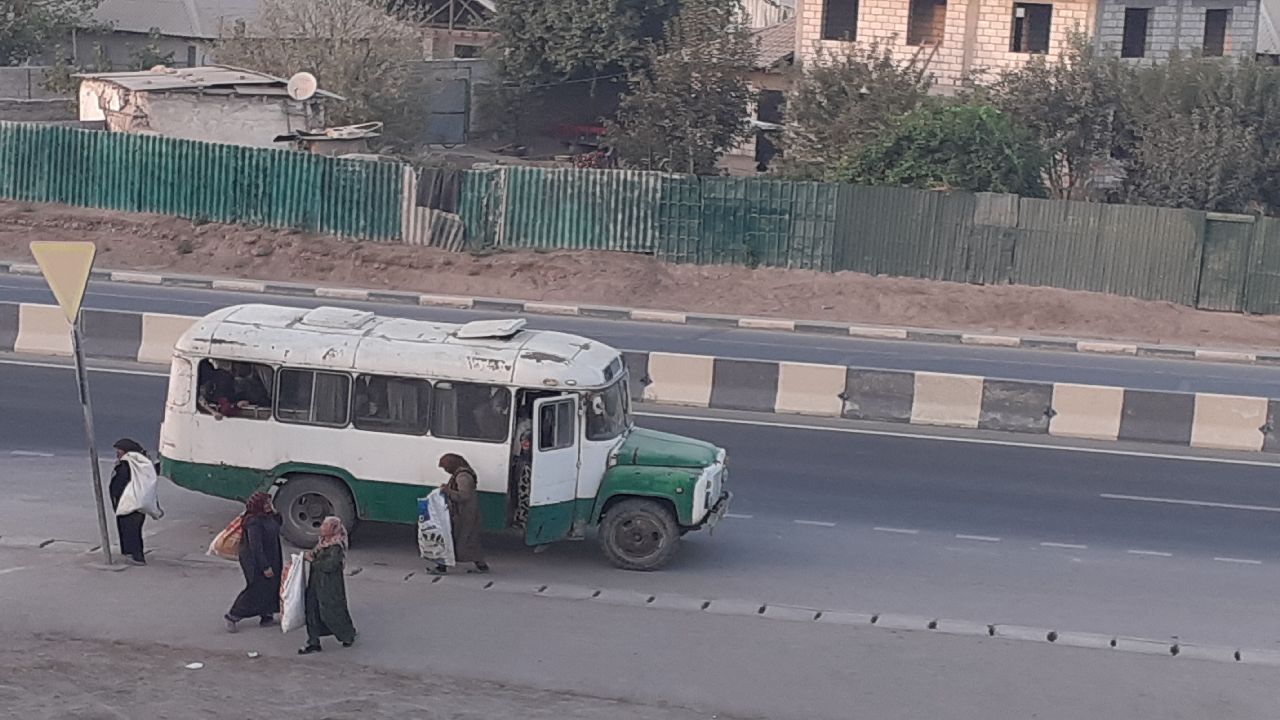Well, I’m finally back. A little bit more optimistic than in the last post because, for starters, I survived. Much to the dismay of some, particularly a certain border patrol officer in Romania.
One month of constantly being on the move and on the clock and on a tight budget can be exhilarating but it’s also very tiresome. Especially since at the end of it a big pile of work awaits to be done (more on that at the end of the article). In the meantime, see the financial report here.
Still, overall it was less tiresome than the previous two large trips (Indochina and Latin America) – even though it included more cities than the previous two combined. Nine cities, in this order: Toshkent, Andijon, Namangan, Nukus, Xiva, Samarqand, Dushanbe, Bokhtar, Parkent.
The ”secret” was trains. The 25-hour train ride from Andijon to Nukus was still less tiresome than the hassle to fly from Medellín to Quito exactly one year ago. Conversely, the 5 hour car ride through the Ayni-Panjakent mountainous “highway” was significantly more tiresome than the 12-hour transcontinental flight from Bogotá to Istanbul. Simply put, trains simplify things, even when they’re slow.
Hopefully this week I’ll show the first footage and I will start with the dangerous Tajik road. As mentioned elsewhere, it’s like the remote roads in Peru or Afghanistan: a huge 2000+ meters abyss on one side, and a big beautiful solid rock on the other side. “Breathtaking” is usually the word used to describe it, but that oftentimes is meant quite literally in Tajikistan as up to fifteen people die every week somewhere on this 200km road.
On the Romanian podcast we routinely caution jokingly that people shouldn’t be burning Romania down while we’re out because that would deprive us of the opportunity to cover the event(s). Well, everyone played nice and nothing was burned down… in Romania. But supreme clusterfuck did hit other places. In a way, it’s a good thing I had terrible Internet because I was spared of the emotional and irrational reactions by the usual suspects to some of the events that have captured the imagination of the publics over the last month – and I don’t refer just to the assassination of Charlie Kirk, but also the surprising (really not that surprising) revolution in Nepal, the utter collapse of the French political class, the elections in Moldova, the protests in Madagascar and Morocco and so on.
But while there will be time to discuss all of those, some of them did have a direct impact on Central Asia while I was there. The leadership in Toshkent most certainly was watching “with great attention and concern” the events unfolding in Kathmandu because some of the demands and complaints of the young Nepalese revolutionaries do apply to the current Samarqand clan that rules over the Uzbek Republic. And the demographic conditions are also very similar.
Read the rest of the article on the Members’ platform.



